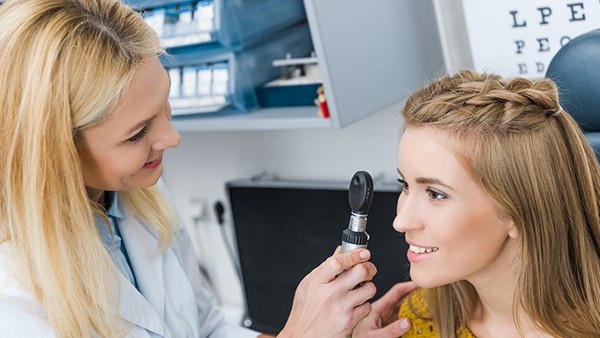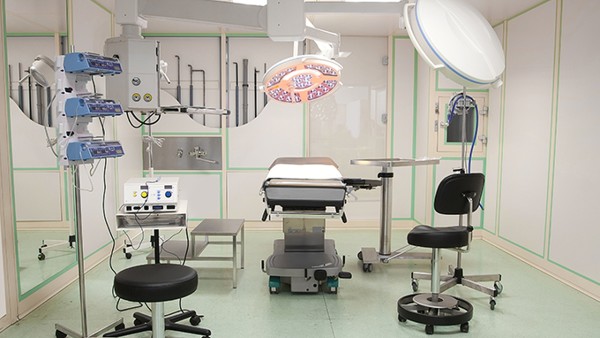What is Sepsis in Babies?

Introduction
Sepsis is a potentially life-threatening condition that occurs when the body's immune system overreacts to an infection, causing inflammation and tissue damage throughout the body. It is a medical emergency that requires immediate treatment. In babies, sepsis can be particularly dangerous because their immune systems are still developing and they are more vulnerable to infection.
Causes
Sepsis in babies can be caused by any type of infection, but the most common causes include:
Bacterial infections, such as pneumonia, meningitis, and urinary tract infections
Viral infections, such as influenza and respiratory syncytial virus (RSV)
Fungal infections, such as candidiasis
Risk Factors
Certain babies are at higher risk of developing sepsis, including:
Premature babies
Babies with low birth weight
Babies with weakened immune systems
Babies who have recently had surgery or been hospitalized
Symptoms
The symptoms of sepsis in babies can vary depending on the severity of the infection. However, some common symptoms include:
Fever
Chills
Rapid breathing
Increased heart rate
Lethargy
Irritability
Poor feeding
Vomiting
Diarrhea
Skin rash
Jaundice (yellowing of the skin or eyes)
Seizures
Diagnosis
Sepsis can be difficult to diagnose in babies, as the symptoms can be similar to those of other conditions. However, doctors will typically order blood tests and urine tests to look for signs of infection. They may also perform a physical examination and ask about the baby's medical history.
Treatment
The treatment for sepsis in babies depends on the severity of the infection. However, all babies with sepsis will need to be hospitalized and given antibiotics. In some cases, they may also need other treatments, such as:
Intravenous fluids
Oxygen therapy
Blood transfusions
Surgery
Complications
Sepsis can lead to a number of complications, including:
Organ failure
Shock
Disseminated intravascular coagulation (DIC)
Death
Prevention
There is no sure way to prevent sepsis in babies. However, there are some things that can be done to reduce the risk, such as:
Washing hands frequently
Keeping babies away from sick people
Getting babies vaccinated
Seeking medical attention early if a baby has any signs of infection
What is Sepsis in Babies?
Sepsis is a medical emergency that occurs when the body's immune system overreacts to an infection, causing inflammation and tissue damage throughout the body. It is a potentially life-threatening condition that requires immediate treatment. In babies, sepsis can be particularly dangerous because their immune systems are still developing and they are more vulnerable to infection.
Symptoms of Sepsis in Babies
The symptoms of sepsis in babies can vary depending on the severity of the infection. However, some common symptoms include:
Fever
Chills
Rapid breathing
Increased heart rate
Lethargy
Irritability
Poor feeding
Vomiting
Diarrhea
Skin rash
Jaundice (yellowing of the skin or eyes)
Seizures
Causes of Sepsis in Babies
Sepsis in babies can be caused by any type of infection, but the most common causes include:
Bacterial infections, such as pneumonia, meningitis, and urinary tract infections
Viral infections, such as influenza and respiratory syncytial virus (RSV)
Fungal infections, such as candidiasis
Risk Factors for Sepsis in Babies
Certain babies are at higher risk of developing sepsis, including:
Premature babies
Babies with low birth weight
Babies with weakened immune systems
Babies who have recently had surgery or been hospitalized
Diagnosis of Sepsis in Babies
Sepsis can be difficult to diagnose in babies, as the symptoms can be similar to those of other conditions. However, doctors will typically order blood tests and urine tests to look for signs of infection. They may also perform a physical examination and ask about the baby's medical history.
Treatment of Sepsis in Babies
The treatment for sepsis in babies depends on the severity of the infection. However, all babies with sepsis will need to be hospitalized and given antibiotics. In some cases, they may also need other treatments, such as:
Intravenous fluids
Oxygen therapy
Blood transfusions
Surgery
Complications of Sepsis in Babies
Sepsis can lead to a number of complications, including:
Organ failure
Shock
Disseminated intravascular coagulation (DIC)
Death
Prevention of Sepsis in Babies
There is no sure way to prevent sepsis in babies. However, there are some things that can be done to reduce the risk, such as:
Washing hands frequently
Keeping babies away from sick people
Getting babies vaccinated
Seeking medical attention early if a baby has any signs of infection
The above is all the content that the editor wants to share with you. I sincerely hope that these contents can bring some help to your life and health, and I also wish that your life will be happier and happier.
Topic: #is #what #sepsis














